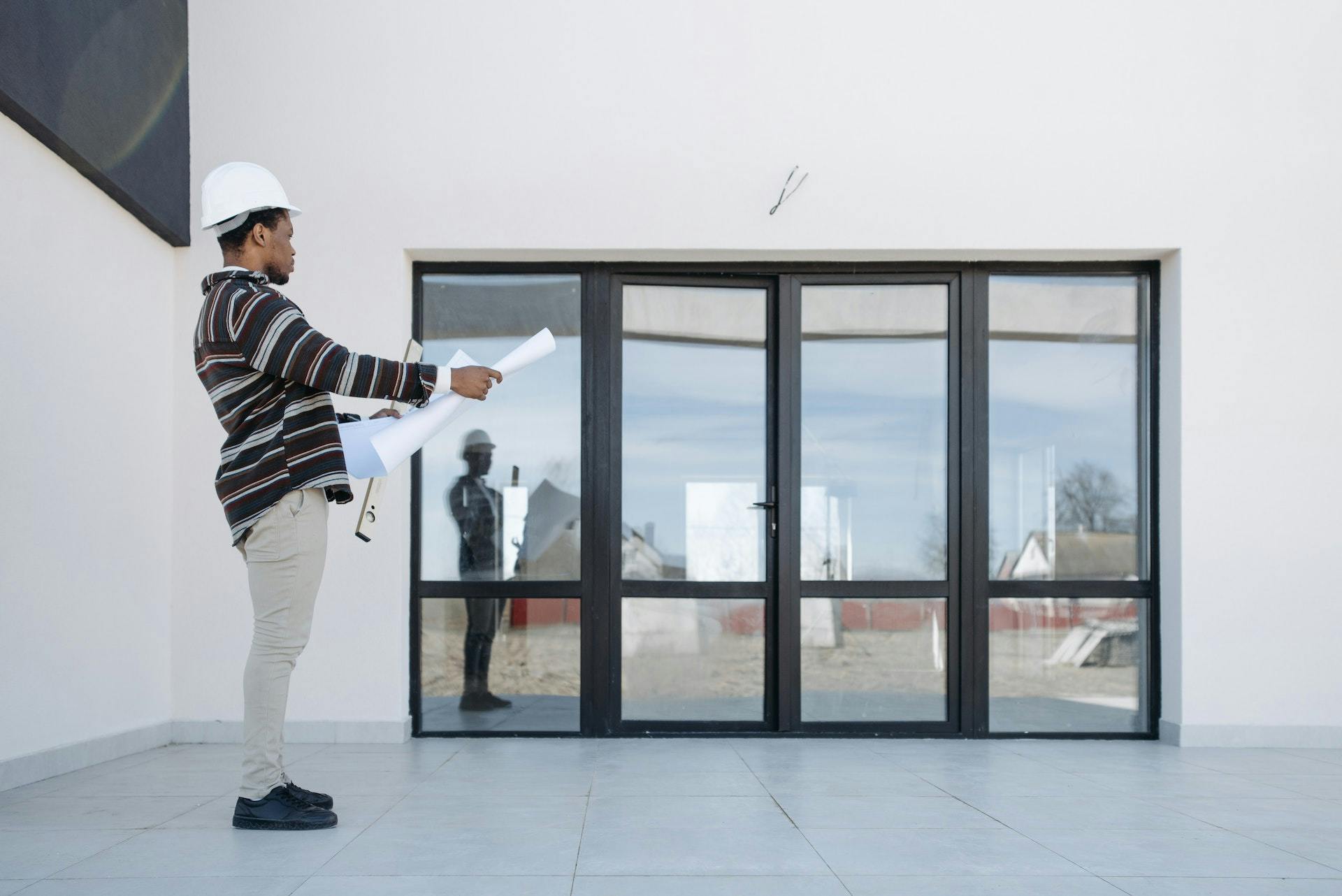As rising interest rates and low inventory continue to slow down real estate sales volume, remodeling and renovation activities remain strong. For homeowners with a low mortgage rate and substantial equity, upgrading their current home may be more financially sensible than relocating.
While personal preferences often determine the decision to remodel, most homeowners also want to ensure that the costs are justified by a corresponding increase in value. To better understand the impact of remodeling projects on home values, we'll look at market dynamics and property sizes.
Bigger is Better, But It Also Depends…
A company called Plunk has developed a system for simulating remodeling projects on individual properties and estimating the value change resulting from these projects. The system takes into account the specific attributes of the home and local market conditions.
Although larger houses tend to be more desirable, expanding a small house is likely to generate a more significant percentage increase in value compared to the same addition to a larger house. But how does this translate at the market level?
A Closer Look at Five Markets
For this analysis, we've selected five of the fastest-growing metropolitan statistical areas (MSAs) in the United States over the past decade, all of which have similarly robust real estate markets:
- Raleigh-Cary, NC: 9.8% population growth and 696K current single-family units
- Orlando-Kissimmee-Sanford, FL: 19.7% population growth and 882K current single-family units
- Charleston-North Charleston, SC: 18.5% population growth and 361K current single-family units
- Phoenix-Mesa-Chandler, AZ: 15.6% population growth and 1,480K current single-family units
- Nashville-Davidson-Murfreesboro-Franklin, TN: 15.4% population growth and 378K current single-family units
Simulating a first-floor bump-out project across homes in these markets resulted in average increases in estimated value. As anticipated, the average value change from this project is positive, with Phoenix experiencing a nearly double increase compared to Charleston.
Same Renovation Project, Different Valuation
To determine whether an individual property's expected increase depends on the initial size of the house and if this also applies to aggregate statistics at a market level, we need to consider structure size.
A scatter plot of the average increases in estimated value by market, according to the average square footage of single-family properties, reveals a downward-sloping relationship. This suggests that in markets with smaller houses, the return on increasing the size of a house is greater than in places where larger homes are more common.
Orlando and Phoenix, which see the most significant value increase from adding square footage, align with economic theory predictions: In a market with smaller homes, additional space is more valuable than in a market with larger homes.
Market dynamics and property size play a crucial role in determining the impact of remodeling projects on home values. As homeowners consider renovations, understanding these factors can help them make informed decisions and maximize their return on investment. The relationship between property size and the value increase resulting from remodeling projects highlights the importance of considering market-specific conditions when planning home improvements.


